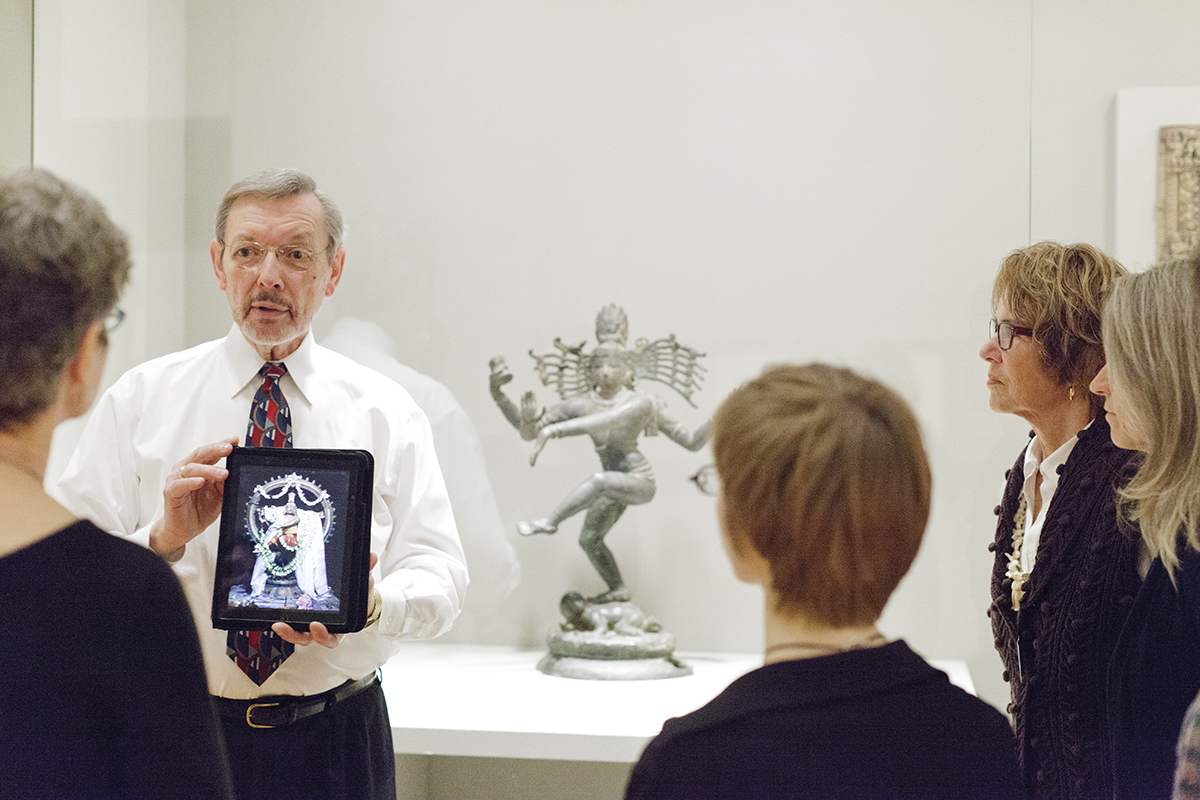Props and experiential activities
Providing an opportunity to touch a material, listen to music, or watch a video enlivens the tour as well as accommodates different learning styles (e.g., one person may learn more through touch). Experiential activities also activate other senses and provide a more holistic sensory experience on the tour.
Challenges using props
Props may just distract your group without careful planning. Consider these questions: Will all get to touch the prop? How should they take turns? What should they do when it’s not their turn? How should they treat the prop? Consider the following points to prevent challenges from undermining the benefits of props:
Decide what information about the object the prop best illustrates. Present the prop in conjunction with information about the object or to help answer a question about the object.
Provide structure for the group’s interactions with the prop. There are a number of ways to use props.
- For a material prop, pass the prop around, allowing people to touch it. If you do this, give the group a question to consider while they are waiting their turn to hold the prop and one to consider after they have held the prop. (“How do you think it is going to feel?” “How did the feel of it surprise you?”) Encourage the group to be ready for discussion when the prop finishes circulating.
- Ask a single visitor to come forward and describe how it feels to the whole group.
- Hold the prop yourself and walk it around for the group to touch or look at closely.
- Ask someone in the group to display the prop while you facilitate the discussion.
- Hold the prop to illustrate relevant parts of the discussion. Then give everyone a chance to examine it more closely at the end of your presentation or tour.
At the end of the discussion, don’t forget to ask for the props back! After the group has explored the prop in some fashion, refer to the experience as you continue the discussion.
